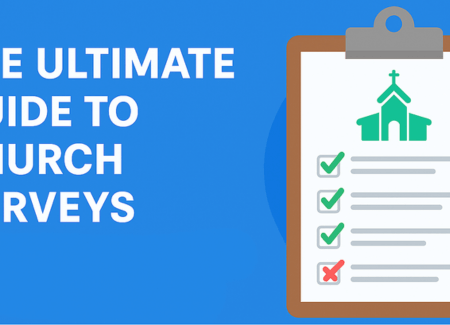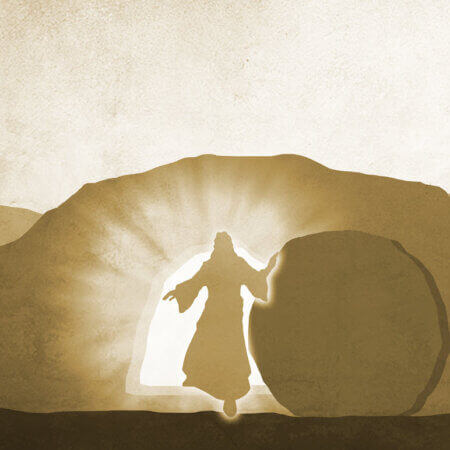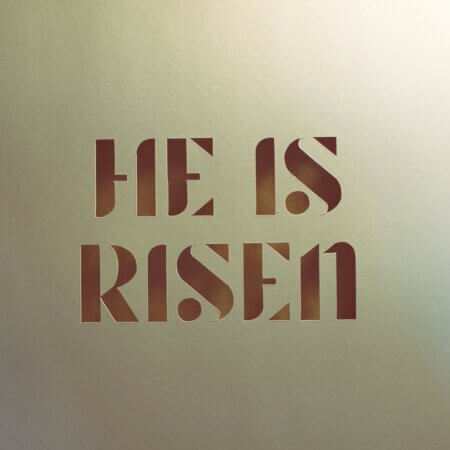Contribution Statement: A Comprehensive Guide for Individuals and Organizations
A contribution statement is an official document provided by an organization, usually a nonprofit, a church, or a financial institution, which details an individual’s monetary or non-monetary contributions over a certain period. It is a critical record for both the donor and the recipient to ensure accountability, transparency, and tax compliance. Contribution statements primarily show the amount transacted, the purpose of the donation, and the recipient organization.
These statements are not just about accounting, but the records of a donor’s generosity. Nonprofits and religious institutions use these records to gain confidence in their supporters and the results of their contributions toward charitable causes or defined goals.
Key Components of a Contribution Statement
- Donor Information: Full name and contact details of the donor.
- Recipient Organization Details: Legal name, tax identification number (for tax-exempt institutions), and address.
- Contribution Breakdown: Individual contributions include the date, the amount, and the means (cash, check, or in-kind) of the contributions.
- Statement Period: Timeframe covered, such as annual, quarterly, or monthly.
- Tax Exemption Language: Provides confirmation that the recipient qualifies as a tax-exempt entity under IRS guidelines.
- Purpose of Contribution: Uses designated, such as general operations, specific projects, or defined contribution plans.
Who Gets a Contribution Statement?
Contribution statements are usually issued to all those individuals or entities that contribute financially or materially to an organization. Specific groups that usually receive contribution statements include:
1. Donors to Nonprofits and Charities
Any person, business, or organization that makes financial, asset, or in-kind gifts to a nonprofit organization or registered charity is entitled to a statement of contribution. These documents are required for donors to apply for charitable deductions on their respective tax returns
2. Church Members and Congregants
Churches and other religious organizations issue statements to the contributors who pay tithes, give offerings, or give any other type of charitable donation. This document provides the proof of the person’s generosity and serves as a receipt for tax purposes.
3. Participants in Defined Contribution Plans
For retirement plans, such as 401(k), 403(b), or SIMPLE IRAs, statements will be provided to the employees contributing to the plan. Statements will summarize the amount the employee has contributed and any matching contributions made by the employer.
4. Organizations or Institutions
Large donation contributor entities usually receive contribution statements from partner nonprofits, educational institutions, or other philanthropic groups for auditing and tracking purposes.
Who Can Contribute to a Defined Contribution Plan?
A defined contribution plan is a type of retirement savings where employees, and sometimes employers, each contribute a fixed amount or percentage toward the employee’s retirement fund. These plans are widely used because of their flexibility and tax advantages. But who qualifies to contribute? Let’s break it down:
1. Eligible Employees
- Any employee eligible and covered under a company’s plan may contribute part of their salary to the plan.
- Employees typically must meet eligibility requirements, including age (commonly 21 years or older) and length of service (commonly 1 year).
2. Self-Employed Individuals
Self-employed individuals, freelancers, and sole proprietors can contribute to their own defined contribution plans through options, helping them save for retirement and provide some relief from taxes.
3. Employers
Many of these defined contribution plans include employer matching contributions. An employer will put a percentage of an employee’s salary into the plan to incentivize more significant saving.
4. Spousal Contributions
Non-working spouses can contribute to a spousal IRA as long as the working spouse meets income requirements. These plans ensure both partners save for retirement even when one isn’t earning.
5. Independent Contractors
Contract workers earning 1099 income can participate in defined contribution plans designed for the self-employed, which give them a similar retirement savings framework as other employees.
Why Church Contribution Statements Matter
Churches, being nonprofit religious organizations, depend on donations and contributions to operate, further their missions, and provide community programs. Contribution statements benefit not just the church, but also its members.
1. Tax Benefits for Donors
Church contributions are deemed charitable deductions according to guidelines set by the IRS. Members who pay tithes or other forms of donation can use their contribution statements when claiming tax deductions. Lack of such records could prevent donors from claiming significant savings on their taxes.
2. Transparency and Accountability
Statements of contribution provide transparency in financial dealings, building confidence between the leadership and the people of the church. It will build trust in the members of the church as they know that their contribution is put to good use.
3. Strengthening Donor Relationships
Contribution statements are a way churches can show gratitude to their members for the donations they give. Many times, a statement contains a personal note thanking donors for their support; this nurtures relationships and may lead to future giving.
4. Tracking and Budgeting
Church leadership can make use of contribution statements in studying the trends of donation, budget planning, and allocation of resources. In these records, recurring donations, special offerings, and seasonal giving patterns are reflected.
5. Legal Compliance
Churches are required by law to provide a statement for all contributions in excess of $250. There are penalties from the IRS for not issuing these statements, so churches must keep records and send statements in a timely manner.
How to Create and Distribute Contribution Statements
Organizations, whether churches, nonprofits, or financial institutions, need an effective system for the preparation and distribution of contribution statements. Here’s how to streamline this process:
Steps to Generate Contribution Statements
- Collect Accurate Data Keep a record of all gifts, including donor information, amounts, and dates of donation. Record this information using an accounting software or donor management system for accuracy.
- Use Contribution Statement Templates Create clean, professional templates that include all of the components of donor and organization information, contribution breakdown, and a tax-deductible acknowledgement.
- Automate the Process Many software tools like QuickBooks, Church Management Systems (ChMS), or nonprofit CRMs automate contribution statement generation, saving time and minimizing errors.
- Include a Thank You Note Acknowledging the donor’s support. A simple, sincere message strengthens the relationship with the donor.
- Distribute Statements in a Timely Manner Contribution statements should be distributed once a year no later than January 31st to give donors sufficient time to file taxes. Distribution methods include email, mail, and secure online portals.
- Ensure Compliance Double-check that statements meet IRS requirements, especially for tax-exempt organizations.
Frequently Asked Questions About Contribution Statements
1. What is a contribution statement?
A contribution statement is a document summarizing donations made to tax-exempt organizations, used to claim deductions on tax returns.
2. Do churches have to give contribution statements?
Yes, statements for donations over $250 should be given by churches to show compliance with IRS rules and as an aid to donors in claiming tax deductions.
3. Can non-cash contributions be included on a contribution statement?
Yes, non-cash donations (property, goods) should be documented-describing the item-but valuation for tax purposes is solely the donor’s responsibility.
4. How do I request a contribution statement from my church or nonprofit?
Simply contact the finance or administration office of the organization with your donor information to request your statement.
5. Are contribution statements required for small donations?
No, contribution statements are only legally required for donations above $250, but most organizations issue statements for all contributions to maintain transparency and build goodwill with donors.
Contribution statements are important to churches, nonprofits, and defined contribution plans for the purpose of ensuring transparency, accountability, and a means of legal compliance. To donors, it provides the documentation required to claim their tax deductions and view the impact of their contribution. To organizations, on the other hand, these are relationship enhancers, ways to keep records accurate, and methods to drive future giving. Implementation of efficient processes for the generation and distribution of contribution statements will enhance donor trust and operational efficiency for organizations.











